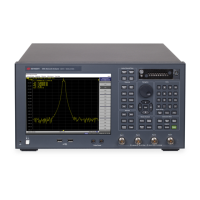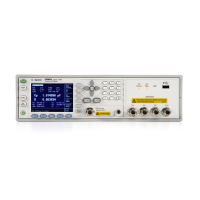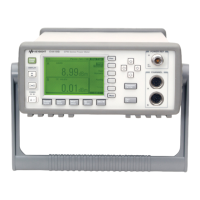Measurement
219
Simplified Calibration
• Overview
• Simplified Full 3/4-port Calibration
• Simplified 3/4-port TRL Calibration
Other topics about Advanced Calibration
Overview
The simplified calibration calculates the calibration coefficients by skipping
part of thru measurement (and line measurement for TRL measurement)
that is necessary for the full 3/4-port calibration and the 3/4-port TRL
calibration.
Simplified Full 3/4-port Calibration
In the simplified full 3/4-port calibration, since the calibration coefficients
are calculated while omitting part of the thru measurement data, the effect
of errors when acquiring calibration data becomes larger than in the
normal full 3/4-port calibration. Therefore, you must pay special attention
to the following points when measuring data for the simplified full 3/4-port
calibration.
• The standard used for measurement must match its definition value.
Use a standard that provides good repeatability (stability).
Do not omit the length of the thru when defining the standard.
When using a user-created standard, verify the definition
value.
For the N connector, note the discrimination between male and
female.
• Realize high reliability and repeatability for measurement.
Reduce the difference in external environment (such as
temperature difference) between conditions of measuring
calibration data and conditions of measuring actual data.
Set the power level of the stimulus signal to a value that does
not generate compression.
Narrow the IF bandwidth.
Increase the averaging factor.
Use a cable whose change in amplitude/phase characteristics
when bent is small.
Use high-precision connectors.

